You don't need to study SNMP on a theoretical level to implement it.
This guide helps you implement SNMP into your network.
1-800-693-0351
Have a specific question? Ask our team of expert engineers and get a specific answer!
Sign up for the next DPS Factory Training!

Whether you're new to our equipment or you've used it for years, DPS factory training is the best way to get more from your monitoring.
Reserve Your Seat Today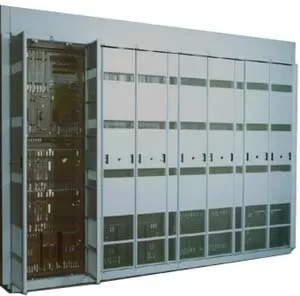
• Switches.
• Microwave radios.
• Routers.
• SONET equipment.
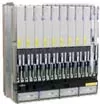
• Channel banks.
• Channel Service Units (CSUs).
• Digital Access Cross-Connect Systems (DACS).
• Digital Service Units (DSUs).
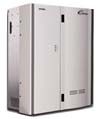
• Network Interface Units (NIUs).
• Multiplexers.
• Muldems.
• Modbus devices.
• ASCII printer and logger devices.
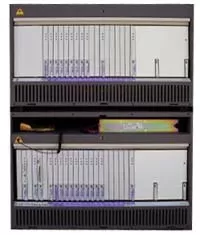
• Any equipment that generates alarms in ASCII, DCM, DCP, DCPf, DCPx, E2A, TABS, TBOS, or TL1.
• Older remote telemetry units that use manufacturers' proprietary protocols: Badger, Dantel, NEC, Larse, Pulsecom, Teltrac, and others.
• Any equipment that generates contact closure alarms.
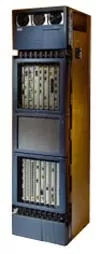
• Infrastructure equipment connected to discrete or analog sensors: battery plants, temperature sensors, flood alarms, generators, HVAC systems, door closures, and more.
In fact, any equipment that you're currently monitoring can be mediated to SNMP and SNMP can be mediated to other protocols, too.
Do you have any equipment that you're not currently monitoring, but you know you should? Implementing protocol mediation is the ideal opportunity to integrate all your equipment into one umbrella monitoring system.
Protocol mediation is right for you if ...
• You have implemented, are currently implementing, or are making plans to implement SNMP-based alarm monitoring.
• You have a significant installed base of non-SNMP/ equipment that you need to monitor.
• You don't want to waste money replacing functional non-SNMP equipment.
• You don't want to lose network visibility of your non-SNMP equipment.
It's not smart - and in most cases, not financially possible - to try to move to a completely SNMP-based -based monitoring network in one step.
The costs of equipment replacement are huge, and there's no guarantee that a purely SNMP solution will provide all the functionality you need.
Protocol mediation puts you in charge of your SNMP implementation, reducing your costs and enabling you to maintain a high level of network visibility.
The right protocol mediation solution will convert alarms from all your older equipment - no matter what protocol it uses - to SNMP traps , so you can view all your equipment from your central SNMP manager.
With guaranteed compatibility between your older equipment and your manager, you can replace your older equipment when you choose - or you can keep it in operation for its full working life.
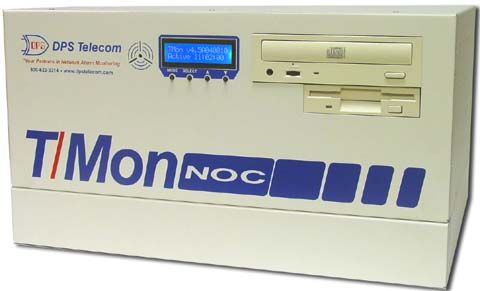
DPS Telecom manufactures T/Mon NOC, which can serve as an alarm master for your entire network or as a general protocol mediation solution.
T/Mon NOC can mediate alarms in 25 different protocols to SNMP … and it can mediate alarms to other protocols, as well, like ASCII, DCP, E2A, TABS, TBOS and TL1.
T/Mon can do all this because of the power of its internal database. T/Mon has one common database for all alarms. All alarms that T/Mon receives, whatever their source, are immediately written to one common format.
Once an alarm is in the T/Mon database, it's immediately convertible to SNMP or any other of T/Mon's 14 output protocols.
There's no simpler way to ensure that your equipment is SNMP-compatible. You don't have to hunt for the right MIBs. You don't have to worry about adapting your non-SNMP equipment on your own. If your equipment is supported by T/Mon NOC, it will work with your SNMP manager. It's as simple as that.
What will T/Mon protocol mediation do for you?
• With support for 25 protocols and hundreds of different devices, T/Mon will support all the
monitored equipment in your network. (To get an idea of what T/Mon can do, see the"Partial list of protocols and devices supported by T/Mon NOC" on page 14-15.)
• T/Mon provides a single, one-screen view of all your monitored equipment. T/Mon will tell you 100% for certain whether anything has gone wrong with any of your monitored equipment, so you can be absolutely sure there are no secret problems anywhere in your network.
• You can forward alarm output to multiple targets, so if you need to, you can monitor a large network of diverse devices with T/Mon, and forward all the alarms to several SNMP managers, a TL1-based OSS center, and an ASCII recorder all at once.
• You can filter alarms for the needs of different users. You can select which alarms are forwarded to your SNMP manager, which alarms can be viewed locally on the T/Mon NOC console, and which alarms are just logged to a history file for recording and later analysis.
• At every level of your organization, people can see the information they want without being bombarded with nuisance alarms.
• T/Mon doesn't just support legacy protocols - it also supports legacy transports like dial-up, RS-232, RS-422/485, 202 modem, FSK modem and PSK modem.
Getting a LAN connection to distant remote sites can be the biggest challenge to implementing SNMP and TL1. T/Mon eliminates that problem completely. Equipment and remote sites that don't support IP transport can be effortlessly integrated to your SNMP or TL1 manager.
Actually, this list just scratches the surface of T/Mon NOC's capabilities. For more information about what T/Mon NOC can do for you, check out T/Mon on the Web at www.dpstelecom.com/tmon
A communication protocol is just a format for encoding information - typically in the form of a data packet containing the payload data (the actual message) and a header (extra bits containing address and routing information specific to the protocol).
Protocol mediation works by putting a new header on the payload data. The protocol mediation device receives the alarm input, extracts the payload data, re-encodes the payload data in the format of another protocol, and forwards the re-encoded alarm to the alarm master.
For our purposes, this means taking an alarm in TABS, TBOS, etc., and converting it into an SNMP trap. Contact closures, which aren't in the form of a framed protocol, are directly encoded as SNMP traps.The protocol mediation device knows how to do this because it has an internal database that relates one alarm protocol to another.
Those are the essentials of how protocol mediation works ... but what kind of protocol mediation solution should you choose for your network?

T/Mon NOC is a large-scale protocol mediation solution. But if you need protocol mediation on a smaller, less complex scale, you might be interested in the NetGuardian and NetMediator.
These RTU-sized, remote site devices are just right for simple protocol mediation applications.
The NetGuardian 832A is a full-featured SNMP RTU, or proxy agent device, which mediates contact closures and analog voltages to SNMP traps. The NetGuardian supports 32 discrete inputs,
32 ping alarms, 8 analog inputs, 8 controls, and 8 serial reach-through ports, and it reports to multiple SNMP managers and T/Mon NOC.
For more information, check out the NetGuardian on the Web at www.dpstelecom.com/netguardian

The NetMediator has all the RTU capabilities of the NetGuardian - plus, it mediates inputs from other devices to SNMP. The NetMediator isn't a general protocol mediator like T/Mon; it's a small, dedicated platform for mediating one protocol to SNMP. A new NetMediator design can be custom-tailored for your specific monitoring needs; off the shelf, there are NetMediator models for mediating TBOS and TABS to SNMP.
Which of these options is right for your network? It all depends on your specific applications and needs. Before you decide, get some expert advice.
Call 1-800-693-0351 and ask to speak to a DPS Telecom Sales Engineer about a free network needs assessment. You won't get any pressure to buy or pushy salesmen - just some honest, expert help.